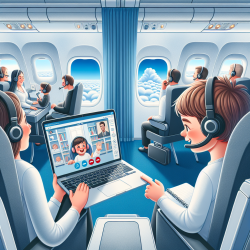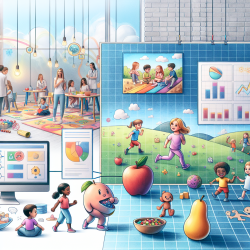Understanding the Aircraft Cabin Environment: Implications for Speech-Language Pathologists
As a speech-language pathologist, your primary focus is on creating optimal outcomes for your clients, especially children. Understanding various environments and how they affect human physiology can enhance your practice. The research article "Aircraft Cabin Environment" provides valuable insights that can be applied to our field, particularly in online therapy settings like those provided by TinyEYE.
Key Findings from the Aircraft Cabin Environment Study
The study highlights several factors within aircraft cabins that can affect passengers, including:
- Occupant density, noise, and vibration, which may cause stress.
- The combination of outside air and recirculated air, filtered through HEPA systems, ensuring a safe environment.
- The rare transmission of diseases like tuberculosis and SARS, with no evidence of transmission through environmental control systems.
These findings underscore the importance of controlled environments in minimizing stress and health risks, a principle that can be translated into speech-language therapy settings.
Applying Research Insights to Speech-Language Pathology
For practitioners, understanding the impact of environmental factors on communication and cognitive performance is crucial. Here are some ways to apply these insights:
- Environmental Control: Just as aircraft cabins use HEPA filters to maintain air quality, ensuring a clean and controlled environment during online therapy can enhance focus and reduce distractions for children.
- Managing Stressors: Recognize that high noise levels and dense environments can impact a child's ability to concentrate and communicate. Implement strategies to minimize these factors during sessions.
- Health and Safety: While disease transmission in aircraft is rare, maintaining hygiene and safety protocols during therapy is vital, especially in shared spaces.
Encouraging Further Research and Exploration
The aircraft cabin study invites us to consider how different environments affect our clients. As speech-language pathologists, continuous research and adaptation are necessary to optimize therapy outcomes. Consider exploring:
- The impact of environmental stressors on communication skills.
- Technological advancements in creating optimal therapy environments.
- Collaborative research opportunities with other fields to enhance therapy practices.
To read the original research paper, please follow this link: Aircraft Cabin Environment.










